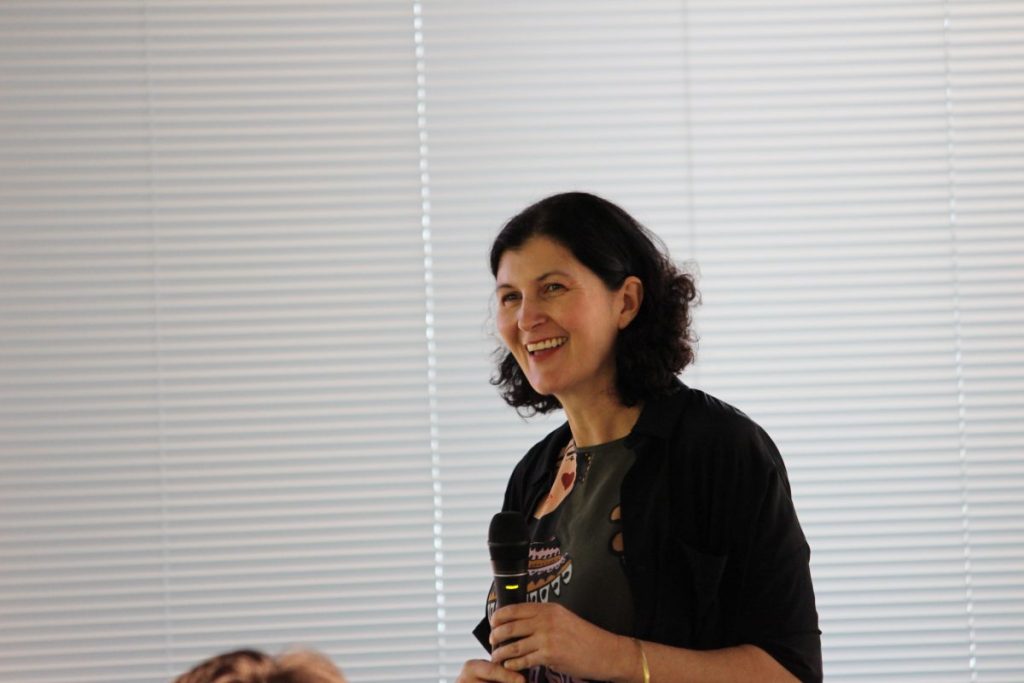The 7th Design Fundamentals Seminar “Ceramics and Digital Fabrication”
Ms. Rina Bernabei, a designer who explores the relationships between traditional crafts and digital fabrication, gave a lecture on her work. Ms. Bernabei has been investigating the “emotional value” that can be created on product designs by combining traditional crafts with contemporary digital language. She has experimented with “hybrid” ceramic works using a 3D printer. For this talk, Ms. Bernabei focused on the practical approach that combines design with research.
Lecturer
Rina Bernabei
The University of New South Wales, Senior Lecturer. The Bernabeifreeman Pty, established in 2002. Designer actively engaged in the Milan furniture fair scene and the Milan Triennale.
Date
May 10th (Friday), 2019: 16:40-18:00
Review
As an educator, researcher, and product designer, Ms Bernabei takes the stance of “Design Through Research.” Her research always comes with physical outcomes. This perspective is the rule that she imposed on herself. Hence, the education and research activities at UNSW and the production activities of her design studio, Bernabeifreeman, are inextricably linked.
Ms. Bernabei wanted “to give emotional values to products via personalization”, and for that, she advocates the concept of “User Completion”. The designer creates an unfinished product and the users complete the design. Through this process, users feel attached to the products. The lighting products, “Stitch Light” and “Pop Light”, were completed by users with added stitches and cutting the paper with their fingers respectively. These are examples of “User Completion”. It shows the possibility of creating various well-made products with simple manual work. Such methodology is hugely compatible with “Industry 4.0”, the Industry revolution that focuses on digital fabrication technology. Hence, it is natural that Bernabei turns to 3D printers. In the “Digital Craft” project, a plastic bowl generated by the 3D printer served as a base for user to add on with the weaving. The integration of 3D printer and hand skill resulted in an intricate product with both digital and craft quality. Though there are much research done on 3D printing of ceramics in recent years, her experimentation had reinforced similar ideas with the quality of the materials. Though working with advanced technology, Ms Bernabei holds on the belief that it should be “craft-oriented rather than Tech-oriented”. From her sharing, I can feel her conviction of “Design Through Research”.
The lecture concluded with a Q&A session for the faculty members and students.
(KOGA Toru)


